
PMs need to put methods, frameworks, and systems in place that minimize the adverse impact and maximize the potential of the changes, and a change control process does this well.
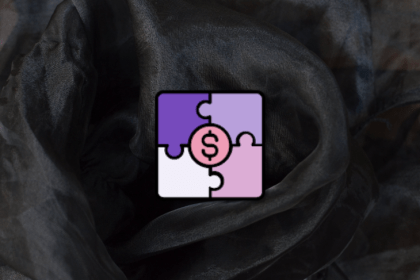
A company’s product mix refers to its portfolio of product lines, services, and individual products available for purchase or subscription.
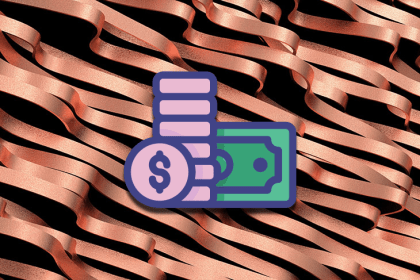
Product strategy and financial goals should work in harmony with each other.
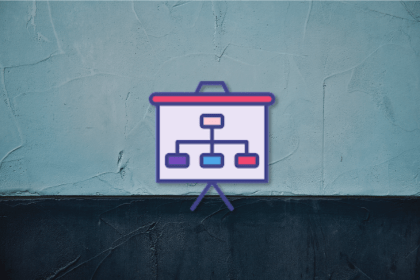
The Start, Stop, Continue retrospective is one of the many retrospectives out there. What makes it unique, however, is its direct approach.
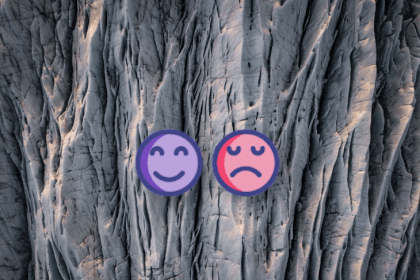
The customer experience entails the holistic experience that a user has with your product, until they solve their specific use case.
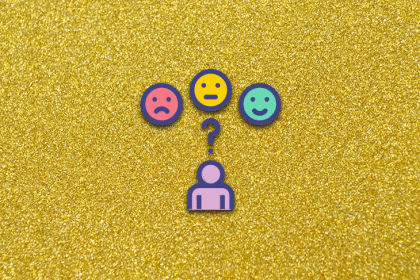
The customer satisfaction score (CSAT) is a quantitative measure of how satisfied the customer is with using the product.
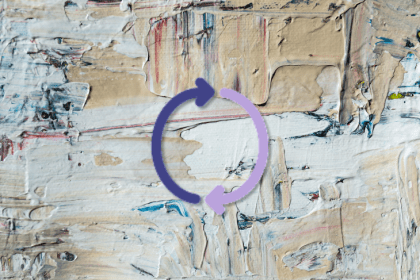
The iterative process involves building out a new feature or function for the product one step at a time to maximize resources.
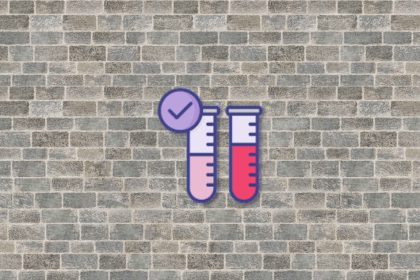
Chaos engineering is an approach to testing where hypothetical failures are intentionally introduced to see how your product responds.
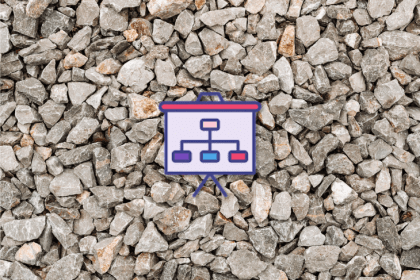
Management meetings are a regularly occurring meeting between company leaders for a variety of different top-level reasons.
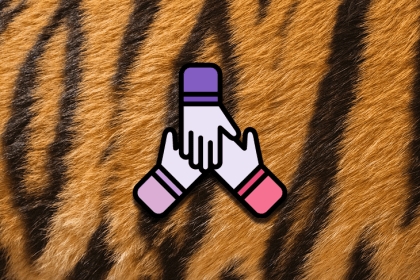
A tiger team consists of a group of experts from various fields who collaborate together to solve a specific, pertinent, or prioritized problem.

Teams built on the principles of ART work collaboratively on defining the problem they want to tackle and the solution to be delivered.
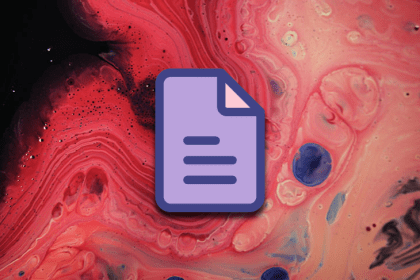
A statement of work should be clear on communicating the type of problem that needs to be solved and the time and money required to solve it.